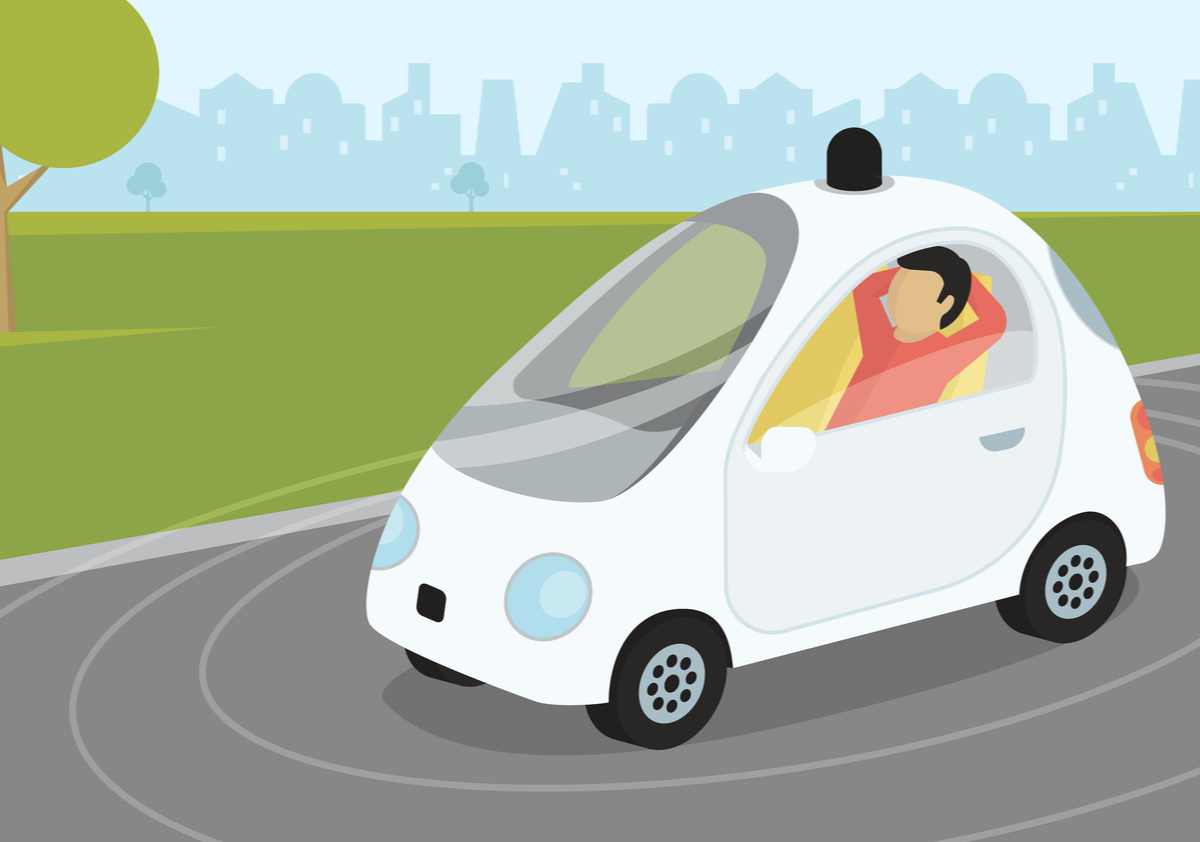No Steering Wheel, No Problem: New Car Safety Rule

Someday there will probably be cars that don’t need drivers. So why should they have to have steering wheels, driver’s seats and so forth? A new federal rules says they shouldn’t.
The 155-page rule updates the current Federal Motor Vehicle Safety Standards to accommodate vehicles that don’t need drivers because they have automated driving systems. Self-driving cars, in other words.
The rule was just issued by the National Highway Traffic Safety Administration (NHTSA), and is an attempt for that somewhat slow-moving agency to get ahead of what appears to be a fast-developing trend.
“Through the 2020s, an important part of USDOT’s safety mission will be to ensure safety standards keep pace with the development of automated driving and driver assistance systems,” said U.S. Transportation Secretary Pete Buttigieg. “This new rule is an important step, establishing robust safety standards for ADS-equipped vehicles.”
A number of companies old and new are testing automated driving systems around the country and NHTSA says it has been keeping a careful eye on all of them to ensure that proper safety measures are being followed.
Curious about whether there are self-driving cars being tested in your area? NHTSA has introduced an interactive graphic on its website. Here’s a static snapshot:
Safety first is the goal
NHTSA says its goal is to be certain that the testing process is safe and that it produces automated vehicles that will be able to operate safely.
“As the driver changes from a person to a machine in ADS-equipped vehicles, the need to keep the humans safe remains the same and must be integrated from the beginning,” said Dr. Steven Cliff, NHTSA’s deputy administrator, in announcing the rule. “With this rule, we ensure that manufacturers put safety first.”
But some safety advocates aren’t sure that NHTSA shouldn’t take its foot off the accelerator.
The Insurance Institute for Highway Safety (IIHS) expressed concern that the current process creates a path for introducing ADS-controlled vehicles “without regulations that establish the ground rules for the safe behavior of ADS,” although the IIHS also stated that the “modifications proposed by NHTSA likely will be helpful to the entities developing automated driving systems (ADS) and the vehicles that will be controlled by ADS” and that the “changes answer some questions about how the occupants of ADS-controlled vehicles should be protected in the event of a crash.”
The rule goes into effect 180 days after it is published in the Federal Register.
